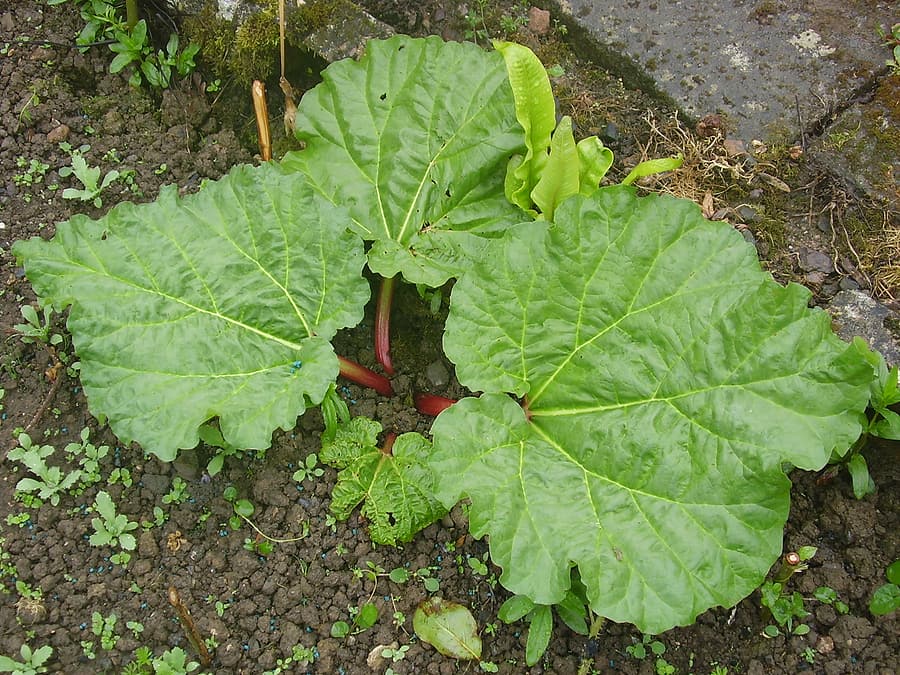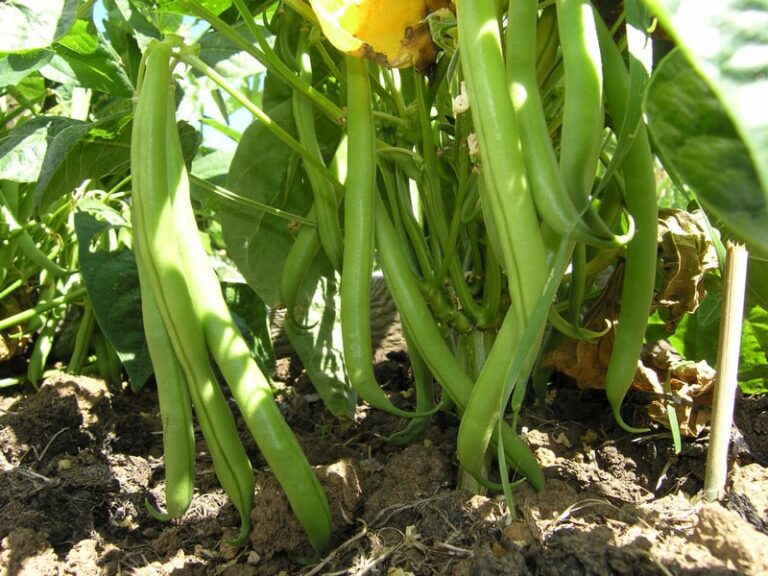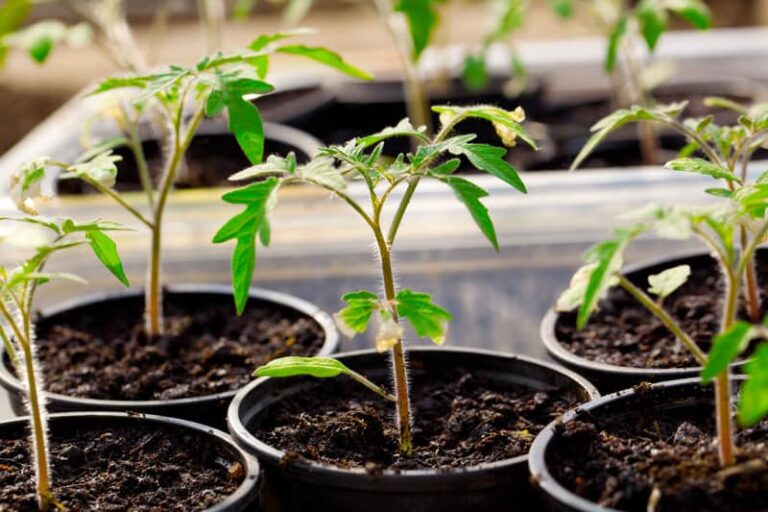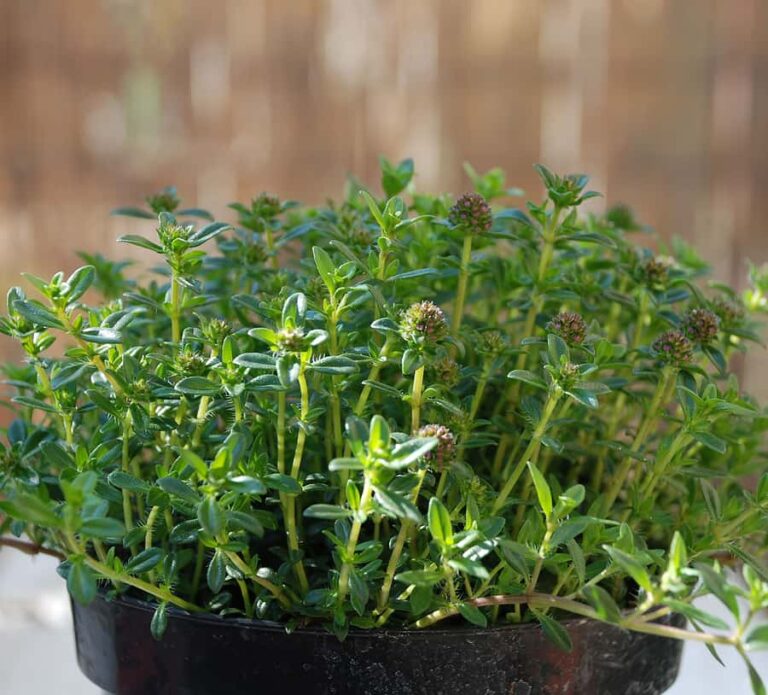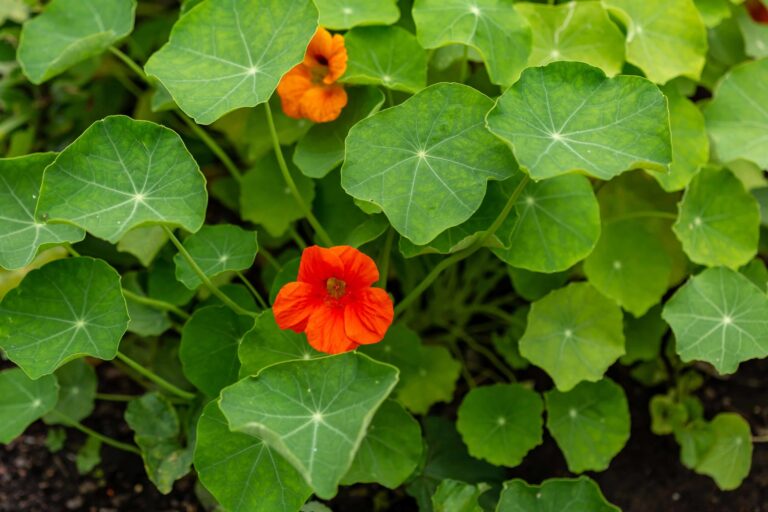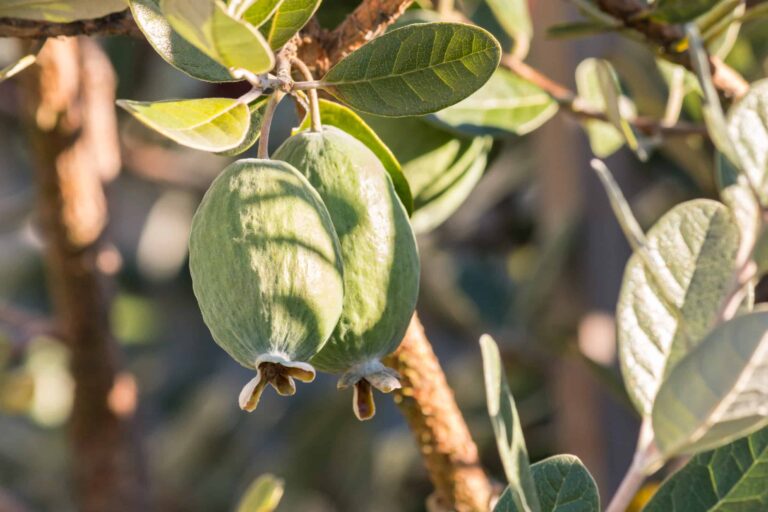Rhubarb Plant Starting Tips
Rhubarb can be grown from seeds or crowns. Plant rhubarb crowns as soon as the soil can be worked in spring, about 4 to 5 weeks before the last frost. Start rhubarb seeds indoors 5 to 7 weeks before the last frost; transplant seedlings into the garden after the last frost.
Rhubarb crowns can also be planted in autumn before the first freeze. Fall planting is best in mild winter regions.
Rhubarb is a perennial plant grown for its leaf stalks.
- Rhubarb grows best in regions where the ground freezes each winter. Winter chill results in rhubarb plants with thick stems and red color. Rhubarb is not productive in areas with very hot summers.
- Rhubarb is commonly grown from root divisions called “crowns”, not from seed.
- Plant rhubarb where it can grow undisturbed for 15 to 20 years.
- Set crowns in the garden in early spring as soon as the ground is workable.
- Let new plants grow for two seasons before beginning to harvest in the third season; this allows the plant to gain the strength and energy to be productive for many years.
Tools for Vegetable Gardeners at Amazon:
- A.M. Leonard Straight Rake with Ash Handle
- All-Steel Nursery Spade with D-Grip Handle
- 4-Tine Spading Digging Fork with D-Handle
- Digital Soil pH Meter Outdoors Greenhouse
- Earthwise Handheld Electric Fertilizer Spreader
Rhubarb crowns are portions of rhizomes and buds taken from existing plants. New plants can be propagated by dividing rhizomes and replanting the divisions, called crowns.
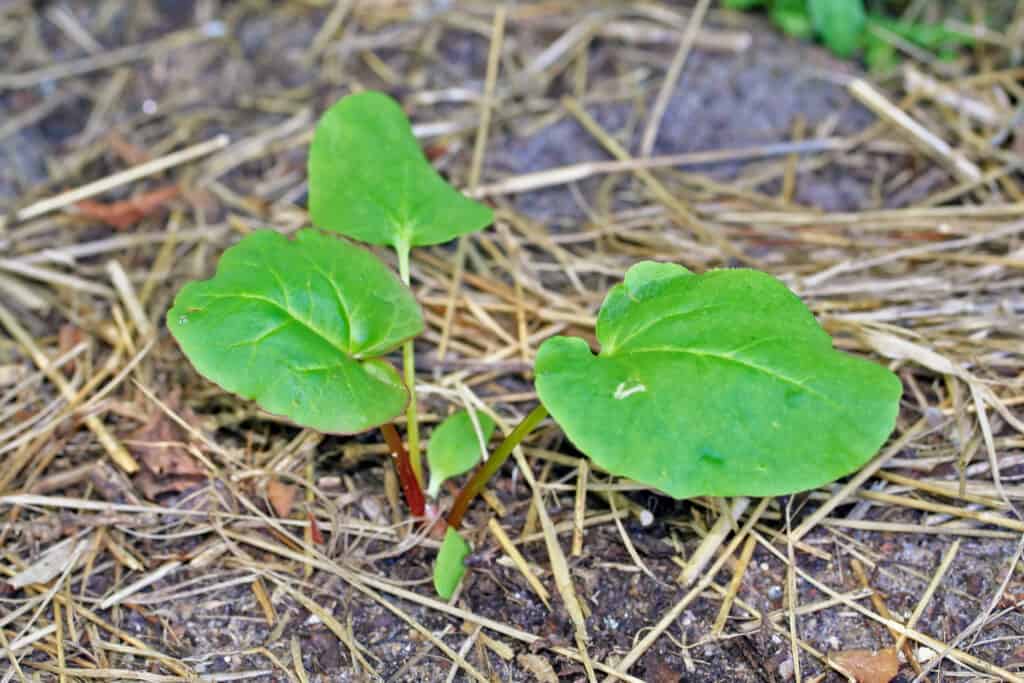
Rhubarb planting
Rhubarb is a long-lived perennial that grows large and rangy. It will remain in the garden for many years. Rhubarb should be given a year-round, life-long home in the garden even though the harvest period is just 8 to 10 weeks each year.
Rhubarb grows best where the yearly temperature range is between 35° and 90°F (2°-32°C). When temperatures exceed 90°F (32°C), rhubarb should be protected by shade cloth.
Rhubarb grows best in humus-rich, well-drained soil. Because rhubarb is a long-lived plant, it is best to prepare the planting site by turning the soil to at least 24 inches deep and working in well-rotted manure and aged compost before planting. Also, add bonemeal and granite dust to the planting hole and mix it in thoroughly with the organic matter.

Rhubarb sowing and planting tips
- Grow rhubarb from root divisions also called crowns.
- Set crowns in the garden in early spring as soon as the ground is workable or in mild-winter regions plant crowns in autumn after the summer heat has broken.
- Set crowns 1 inch (2.5 cm) below the soil surface. Place crowns bud side up.
- Space plant 36 inches (90 cm) apart in rows 60 inches (152 cm) apart.
- Firmly tamp down the soil and water crowns to prevent dry pockets around the crowns.
- Grow rhubarb in well-drained soil rich in organic compost. Add sand or gypsum to heavy clay soils before planting.
- Rhubarb is a heavy feeder; work bone meal and rock phosphate into the root zone at the time of planting.
- Rhubarb prefers a soil pH of 6.0 to 6.8.
- Add aged compost to planting beds in advance of planting.
- Plant in full sun, but rhubarb can grow in partial shade.
- Plant rhubarb in a dedicated bed; plants will live up to 20 years.
- Rhubarb grows best in regions where the ground freezes each winter. Winter chill results in thick stems and red color. Rhubarb is not productive in areas with very hot summers.
Interplanting: Plant in a dedicated bed; rhubarb plants can live and be productive for 15 to 20 years. Consider planting rhubarb at the edge of a bed dedicated to asparagus—also a long-lived perennial.
Rhubarb planting calendar
- Spring planting: set crowns in the garden in early spring as soon as the ground is workable, usually about 2 weeks before the last frost in spring.
- Fall planting: In mild-winter regions plant crowns in autumn after the summer heat has broken.
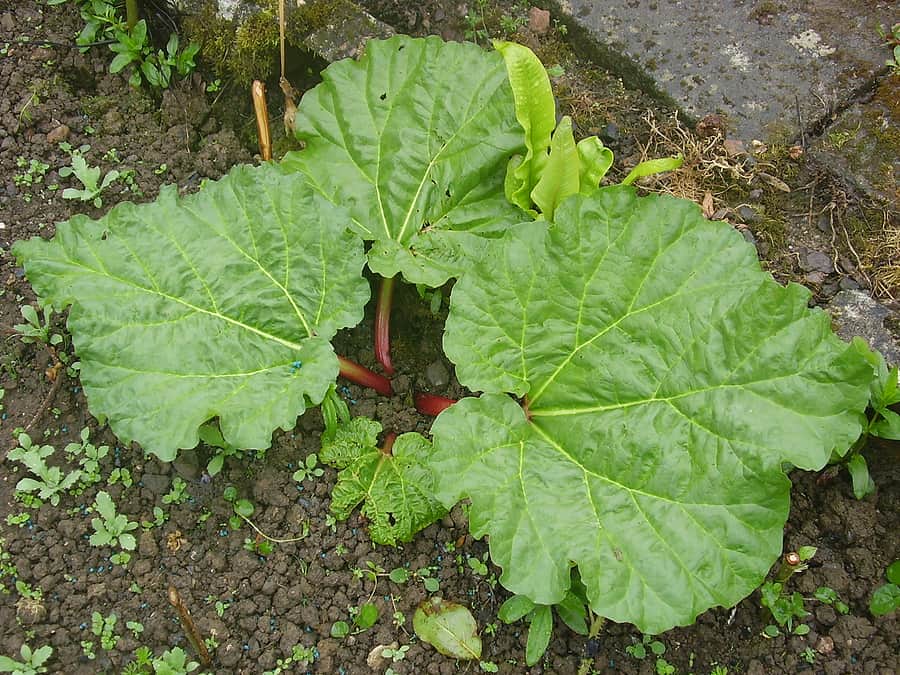
Rhubarb crown spring planting dates
(These dates are for the Northern Hemisphere)
| The average date of the last frost | Planting dates |
| Jan. 30 | Jan. 1-Feb. 1 |
| Feb. 8 | Jan. 10-Feb. 10 |
| Feb. 18 | Jan. 20-Feb. 20 |
| Feb. 28 | Feb. 1-Mar. 1 |
| Mar. 10 | Feb. 20-Mar. 20 |
| Mar. 20 | Mar. 1-Apr. 1 |
| Mar. 30 | Mar. 15-Apr. 15 |
| Apr. 10 | Apr. 1-Apr. 20 |
| Apr. 20 | Apr. 10-May 1 |
| Apr. 30 | Apr. 15-May 1 |
| May 10 | Apr. 20-June 15 |
| May 20 | May 10-June 15 |
| May 30 | May 20 -June 1 |
| June 10 | June 1-June 15 |
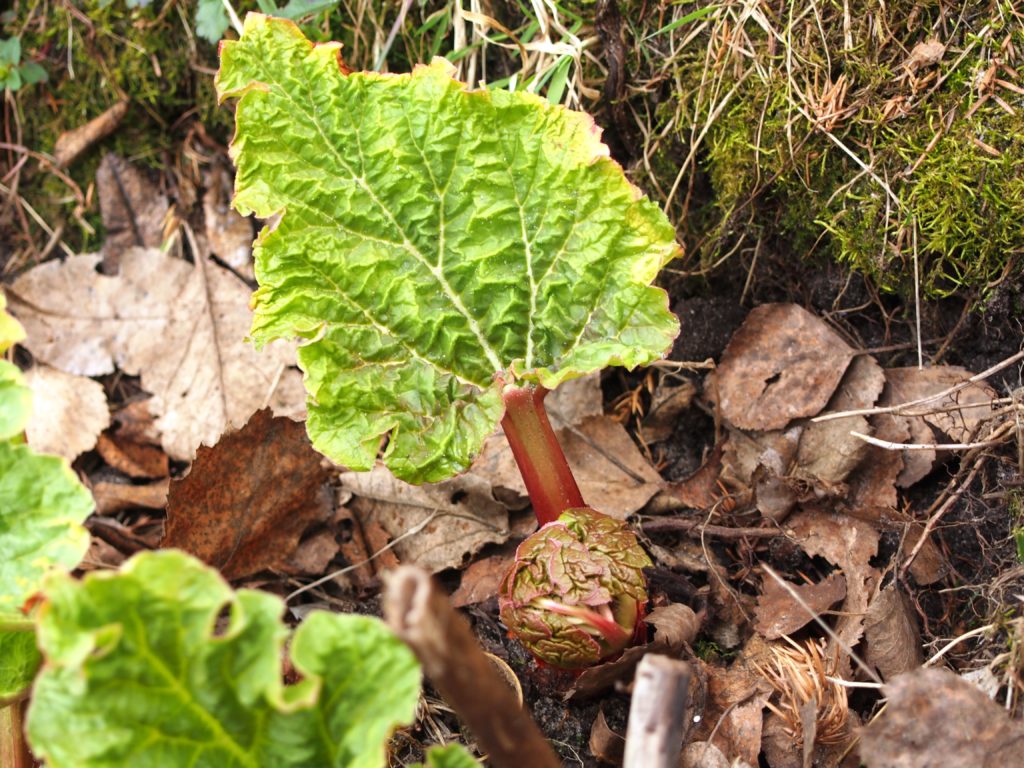
Rhubarb harvest
Begin harvesting rhubarb the second year after planting; take only a few stalks the second year. Full harvesting can begin in the spring of the third year when stalks are 12 to 24 inches (30-61cm) long and leaves are fully developed.
Rhubarb recommended varieties
- ‘Valentine’ and ‘Strawberry’ are vivid red varieties.
- ‘Canada Red’ stays red after cooking.
- ‘Cherry Giant’ can grow where summers are warm.
- ‘Victoria’ can be grown from seed.
Botanical Name: Rheum rhabarbarum
Rhubarb is a member of the Polygonaceae family; other members of the family include sorrel and buckwheat.
Rhubarb articles at Harvest to Table:
How to Harvest and Store Rhubarb
Tasty Ways to Cook and Serve Rhubarb
Garden Planning Books at Amazon:

